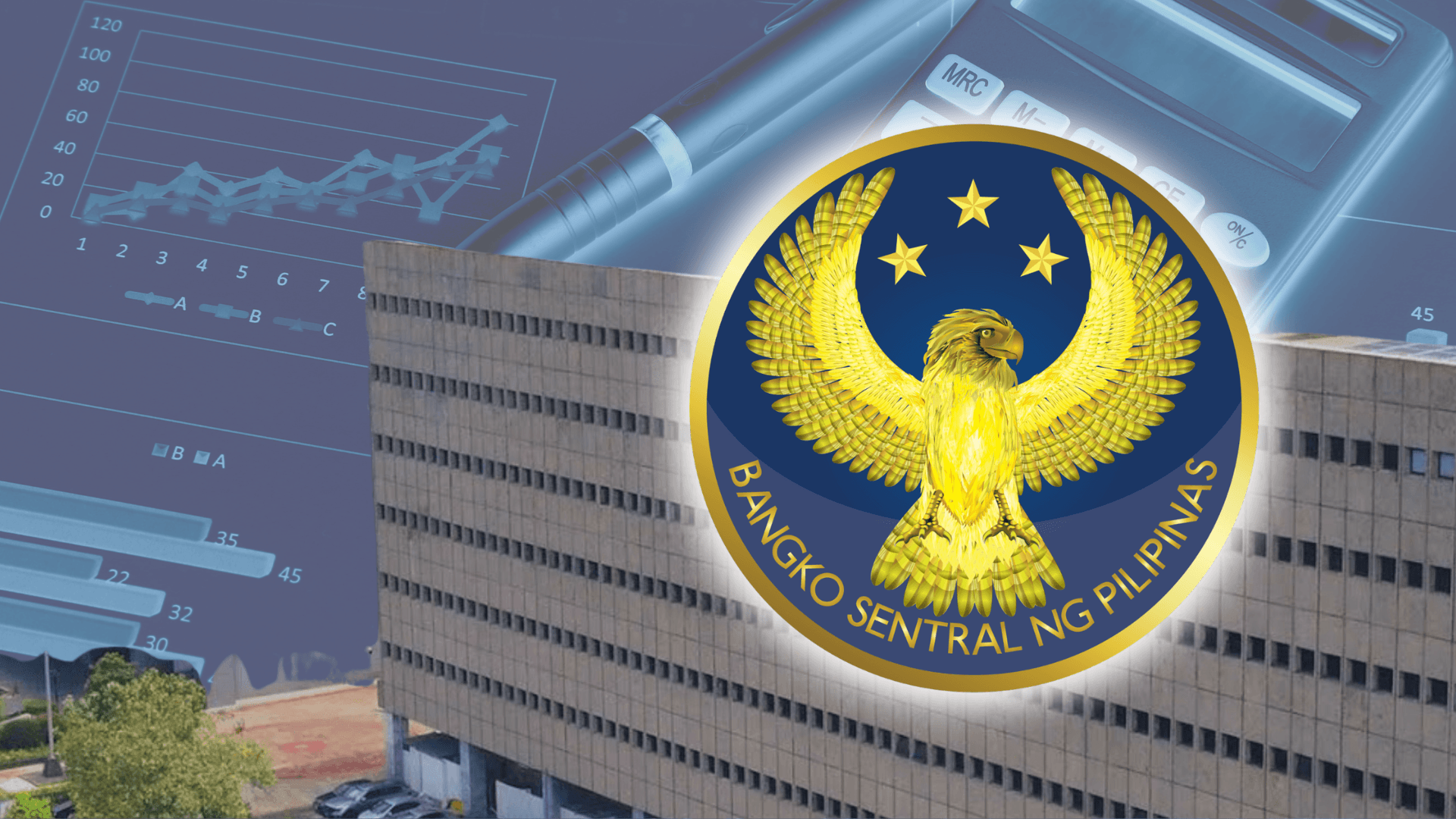
While Citi anticipates the Bangko Sentral ng Pilipinas (BSP) to resume cutting key borrowing costs by 25 basis points (bps) at its April 10 policy meeting, March’s low inflation, coupled with global trade risks, could prompt the central bank to further reduce rates sooner than expected.
March’s 1.8-percent price increase rate—the slowest in nearly five years or since the pandemic’s onset in May 2020—was at the lower end of the central bank’s forecast range of 1.7 percent to 2.5 percent for the month.
Citi believes that given this lower-than-expected inflation rate, coupled with external headwinds, the BSP could reduce benchmark rates two months earlier than its previous projection.
That means anticipated cuts in August and December could be brought forward to June and October, respectively.
Should the BSP carry out a quarter-point cut in the next three policy meetings, the key interest rate would settle at five percent, down from the current 5.75-percent rate.
Assuming inflation would steady over the next year, Citi projects the BSP to lower rates by a total of 50 bps in 2026, clocking in at 4.5 percent.
Citi noted that the BSP’s unexpected pause in February was due to concerns over possible price hikes in electricity, transport, alcohol, tobacco, and effects from wage increases and a weaker peso.
Citi argued that these worries would likely be eased by the below-target inflation rate in March. For the rest of the year, Citi has an assumption that consumer prices could edge up a bit, aligning with think tank Capital Economics’ projection.
“Although the headline rate is set to rebound slightly, we think inflation will remain comfortably within the central bank’s target over the coming months,” said Capital Economics, noting that this would allow the BSP to further reduce rates, which remain high at present.
Trade-risk-driven caution
Singapore-based United Overseas Bank (UOB) expects the reciprocal and universal tariffs slapped by US President Donald Trump “to spur imported inflation in the Philippines” in the second half of 2025, “given that the Philippines is a net importer of most goods.”
UOB argued that this risk further affirms its view that inflation will revert upward in the second half of the year but will remain within the government’s two- to four-percent target.
“The direct impact of reciprocal tariffs on the Philippine economy is minimal due to a lower reciprocal tariff rate relative to regional peers and small contribution of the export sector to GDP [gross domestic product],” UOB said.
Meanwhile, Capital Economics noted that while the Philippines has been hit by relatively lower tariffs than most other Asian countries, “exports are still likely to struggle.”
UOB also warned that “it bears watching the secondary effects from the global trade war and risks of inflation resurging as a result of higher imported costs. Thus, we see reasons for the MB [Monetary Board of the BSP] to be patient but attentive in its policy settings.”
Despite these looming trade risks, UOB said it kept its forecast for the key interest rate to remain unchanged at Thursday’s policy meeting. Capital Economics also said the BSP “may continue to take a cautious stance in the face of rising external uncertainty.”
“But, with inflation having declined sharply, we think policymakers will resume cutting interest rates [this] week,” Capital Economics clarified.
Meanwhile, ING—a Dutch multinational banking and financial services corporation headquartered in the Netherlands—expects Trump’s protectionist policies to slow the US economy and push the Federal Reserve (Fed) to slash rates.
ING sees the Fed cutting rates in September and December 2025, plus another cut in March 2026. “But the gloomier near-term outlook for the economy means that risks are skewed to the central bank having to do more this year.”
“This should take away concerns around the Philippines cutting rates too fast too soon, and staying largely aligned with US rate actions,” ING said.
ING’s expectation aligns with Citi and Capital Economics’ forecasts of a 25-bp cut this week on low inflation, combined with “uncertainty on global growth due to the new US tariffs.”